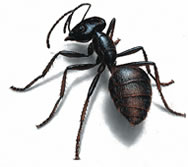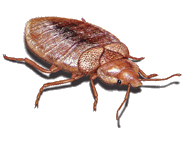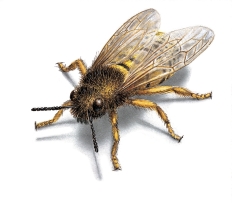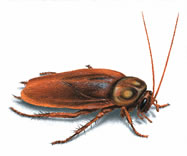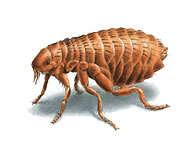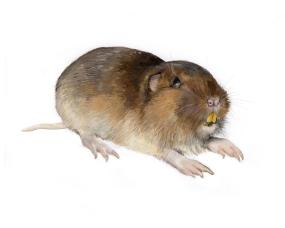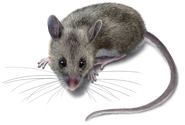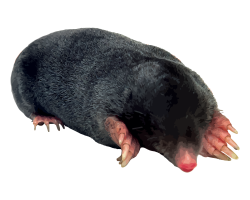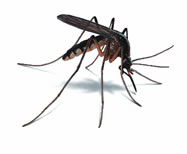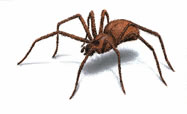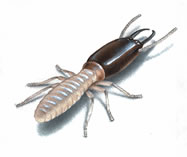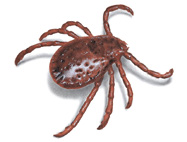West Oaks Pest Control
We're NOT Your Average Pest Control Company!
We're NOT Your Average Pest Control Company!
We Will Exceed Your Expectations!
For A Free Consultation
805-642-6077
Gophers
Pocket gophers are medium-sized rodents from the family Geomys. There are varied species of pocket gophers. They range from about 5 inches to 14 inches in length. Their fur varies in color from black to brown to nearly white and is very soft. The pocket gopher got its name from the fur-lined pouches outside its mouth. These pouches are typically used for food transport. Pocket gophers are skilled burrowers and built for an underground life. Pocket gophers are well designed for their subterranean lifestyle. They have a short neck and powerful forequarters with large claws on the front paws. Their heads are small and flattened with small ears and eyes and lips which close behind the large incisors. Biology does vary slightly based on the species of pocket gopher. As an example, some have only a single litter of offspring each year while others can have two. The average size of a litter is three to four. Young pocket gophers don’t hang around home for too long, though. Typically, they leave the family unit in late summer to early fall and establish their own territories.The pocket gopher prefers to burrow in lawns and gardens. The tunnels can range from a few inches to a few feet in depth and several hundred feet in length.
A unique aspect of the pocket gopher’s burrow is the horseshoe shaped mound at the surface (moles construct volcano-shaped mounds at the surface of their tunnels). Pocket gophers are most active during the spring and fall when ground soil is primed for digging. These are solitary creatures that tend to be social only during mating season and child rearing. Control of these furry little pests can be challenging. If there are only a few pocket gophers invading your territory, trapping is the recommended method providing that it is in compliance with local regulations. Always check regulations for any local restrictions. Two of the most common traps in use are squeeze-type box traps and two-pronged pincer traps. The key to successful trapping is placement. Always locate the main runway. The type of trap will determine exact location, quantity needed, and if bait is necessary. Rodenticide baits are, also, an option. While these can be effective, these must be used in strict compliance with the label and regulations. If there is a large population of pocket gophers, more involved methods may be needed. Controlling large infestations may require the use of specialized equipment or fumigation. Home remedies, as often is the case, are rarely effective. Pocket gophers are a challenging pest to control once established. It’s recommended you contact a pest control professional for a full evaluation prior to any involved control efforts.

